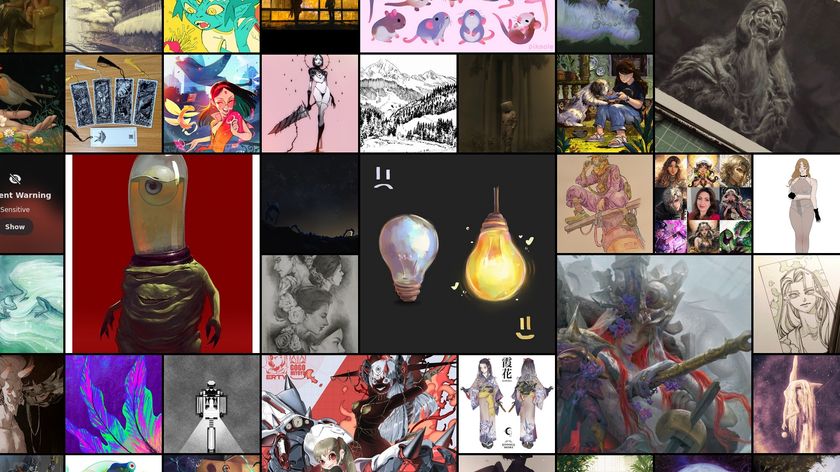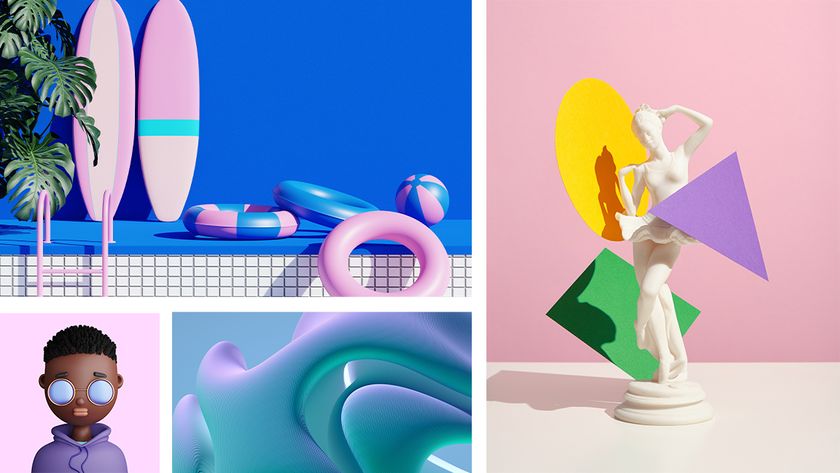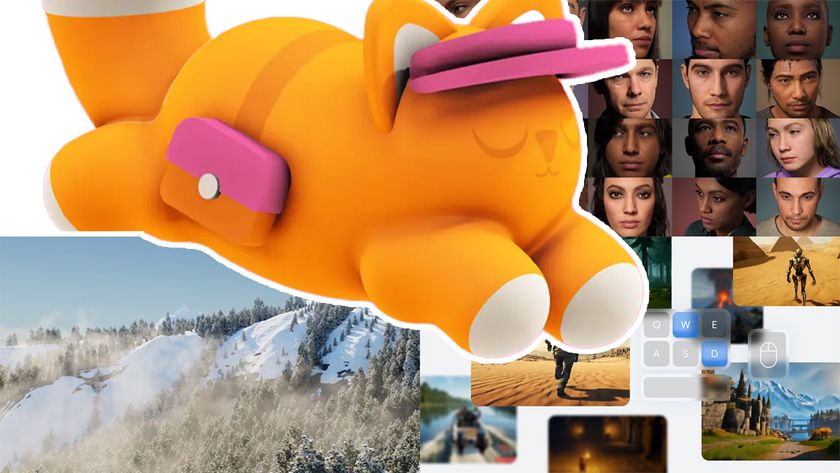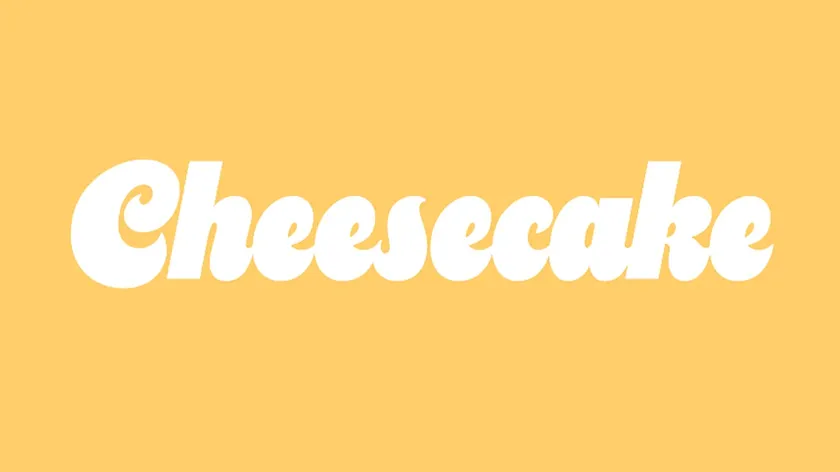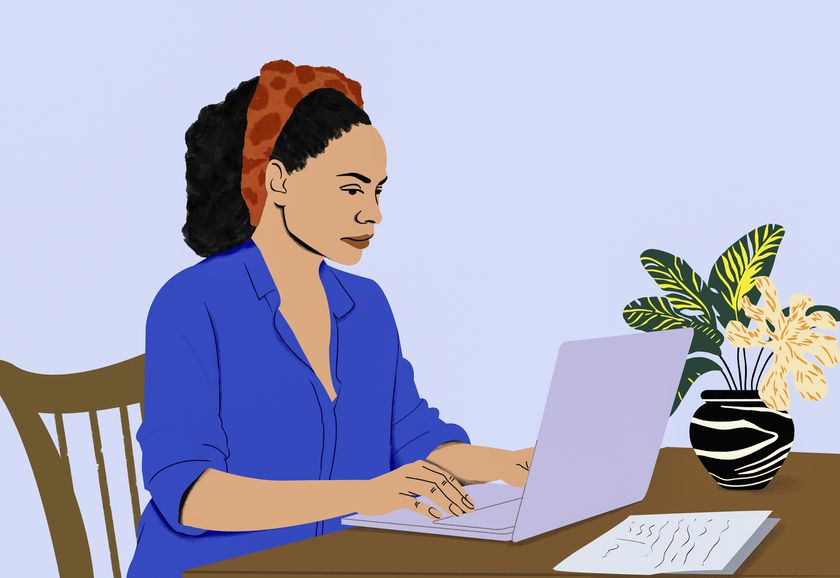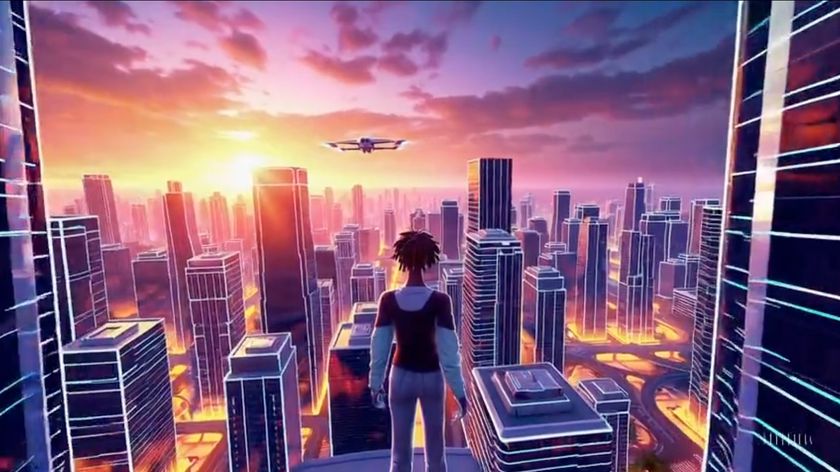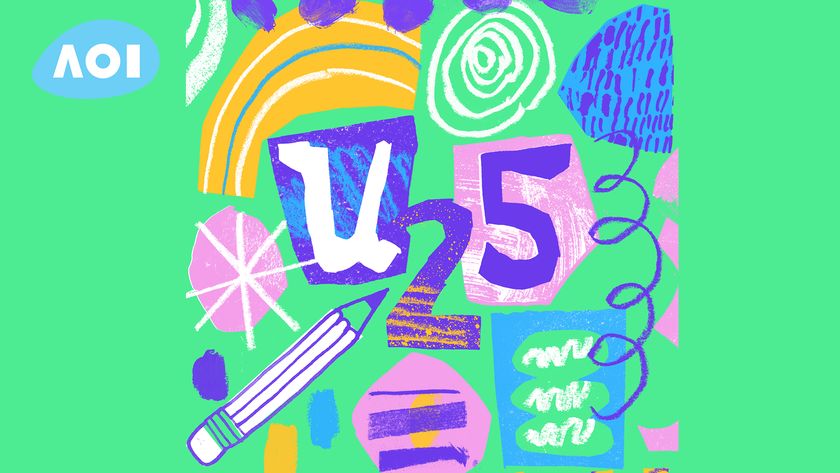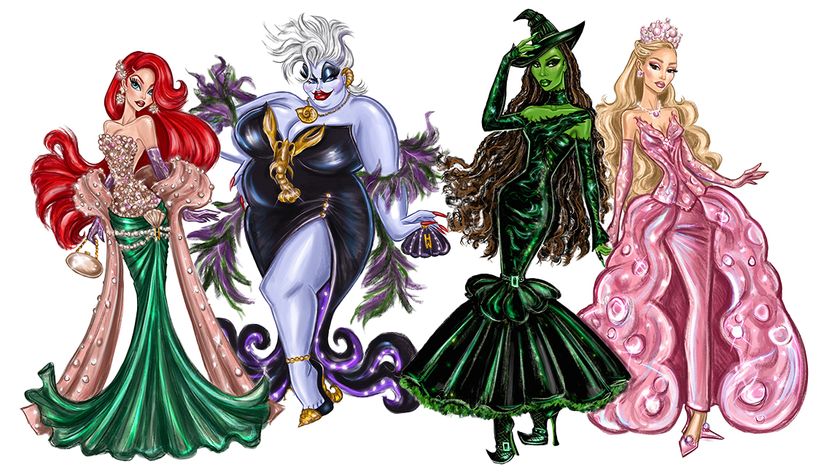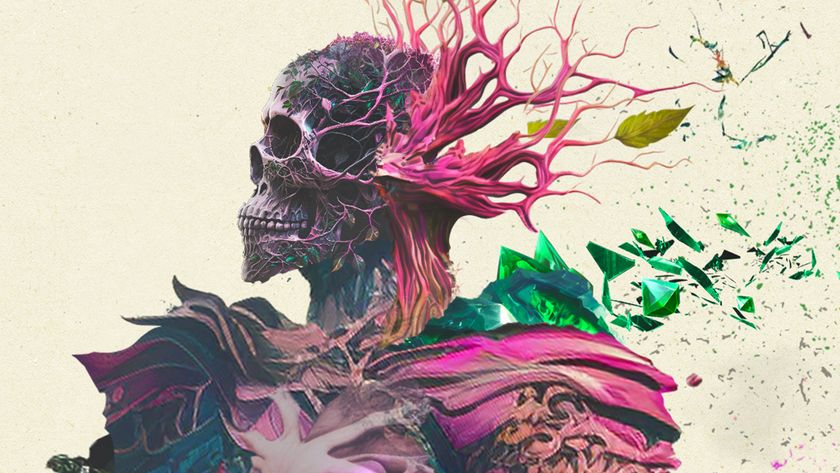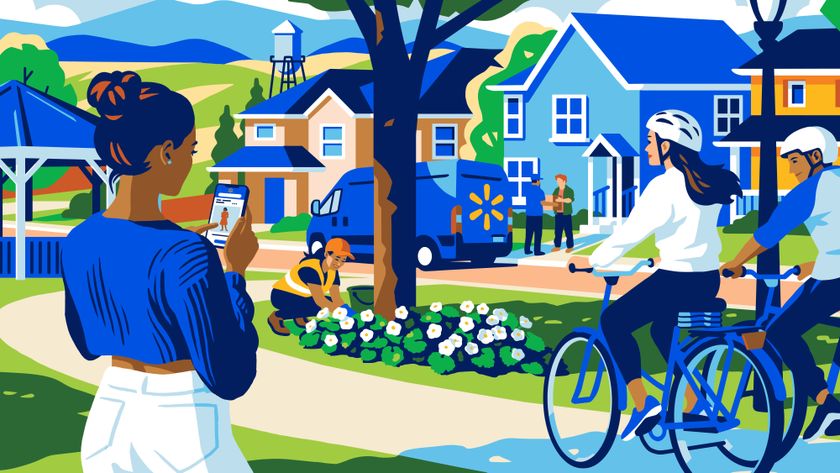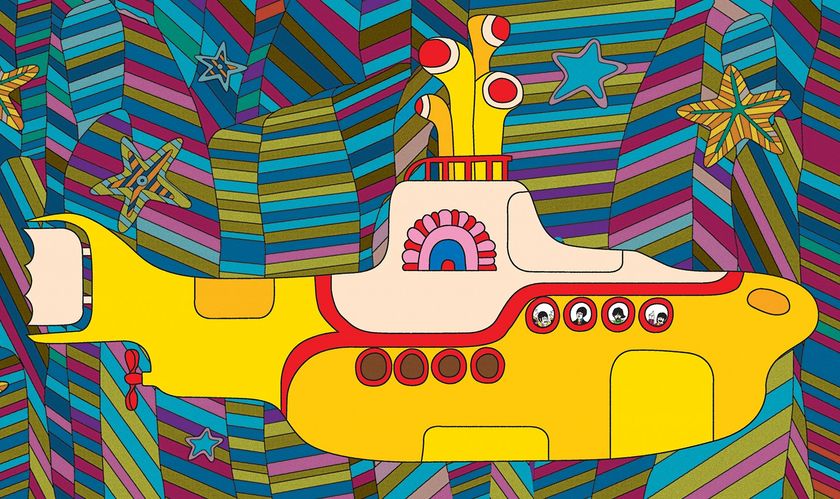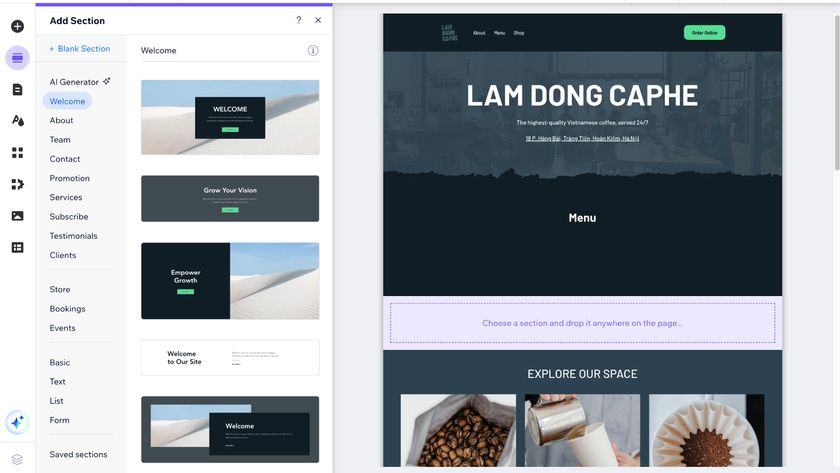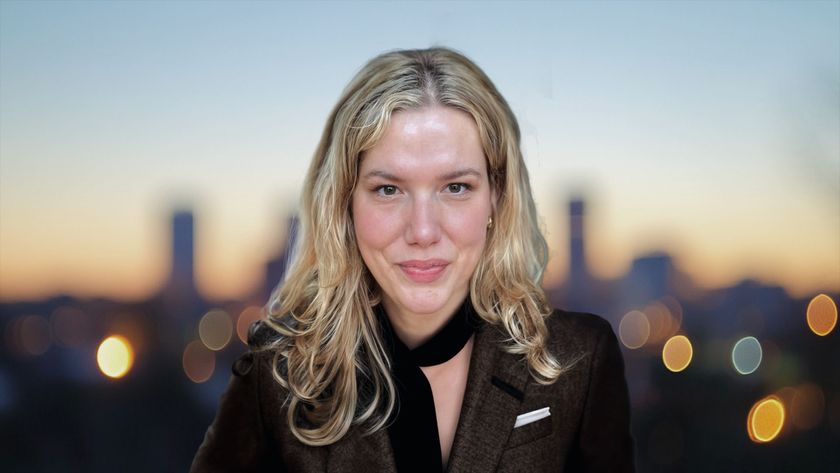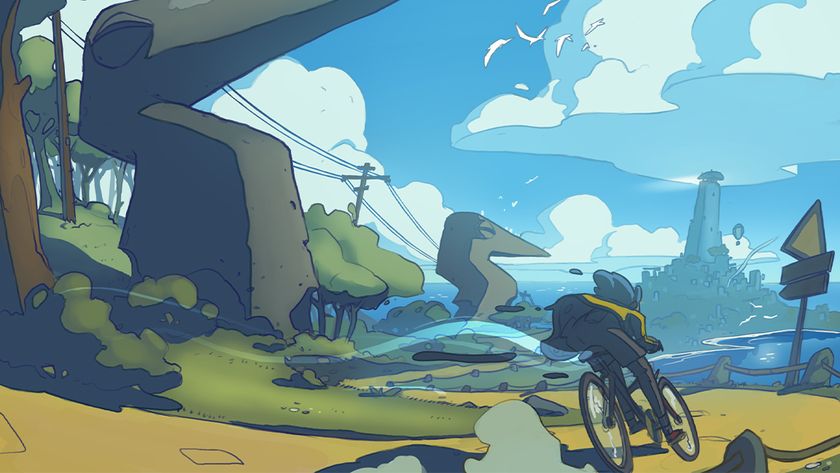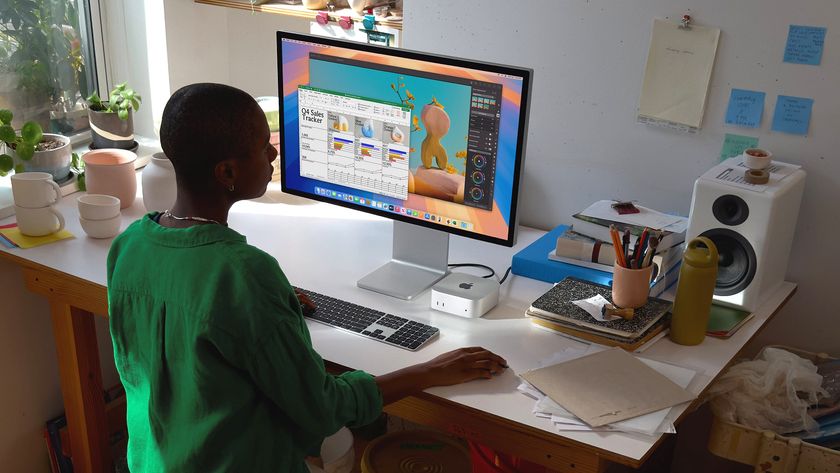The illustration trends set to take shape in 2025
Immersive, character-led, handcrafted and unique, these are the illustration trends for the year ahead.
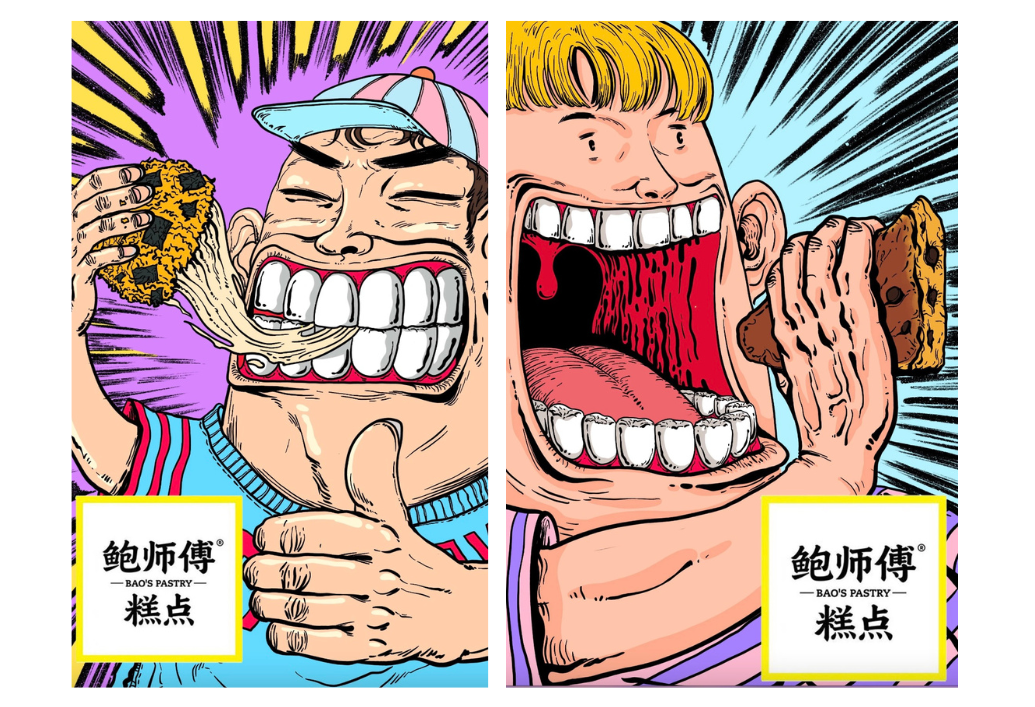
As we hit the middle of the decade, what can we expect in the world of illustration in 2025? The impact of AI is still a hot topic for many of the illustrators, agents and industry experts we spoke to. “Last year, I wasn't that worried about generative AI,” says illustrator Sarah Cliff, who, like many, has growing concerns. “Some are saying we have to keep up with technology – but why? It’s based on stealing [imagery] and it’s also bad for the environment. Not to sound dramatic, but it feels quite dystopian to me.”
It remains a complex issue. Other views that came up included an “increased appreciation for the skill of illustrators as the current limitations of AI become increasingly obvious”, and how dabbling with AI has helped many people “rediscover their love for creating handcrafted work”. (If you're ready to start illustrating, take a look at our guide on how to download Adobe Illustrator.)
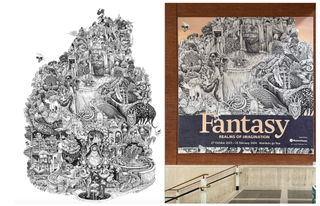
Therefore, although AI is indeed impacting illustration, so far it’s leading to trends at the complete opposite end of the creative spectrum. Read on, to discover how these trends for 2025 (in no particular order) look set to play out. And, if you'd like to reflect on the developments over the last year, take a look back at 2024's illustration trends.
01. Multidisciplinary
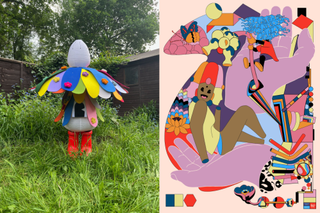
“At the AOI, we are pleased to see a growing celebration of multidisciplinary illustrators, who are masterfully blending various creative practices into their work. Illustrators are breaking traditional boundaries, incorporating everything from photography and painting to sculpture and animation – creating fresh perspectives that challenge our conventional understanding of illustration,” says Rachel Hill, CEO of the Association of Illustrators.
“Take Vitoria Bas, for example, who blends graphic design and illustration, creating work where these two disciplines amplify each other’s impact. While Murugiah pushes creative boundaries by bringing illustrations to life through sculpture and site-specific installations. This trend mirrors an important shift in the AI era: a growing appreciation for illustrators as versatile, innovative thinkers who bring rich, multifaceted perspectives to the creative process.”
Hannah Shilland, director of agency Brilliant Artists, agrees, and points to one particular overlap between two seemingly disparate disciplines. “There will definitely be more embroidery in animations,” she says, “as it is something I have seen more enquiries about and discussed with other creatives.”
02. Handcrafted
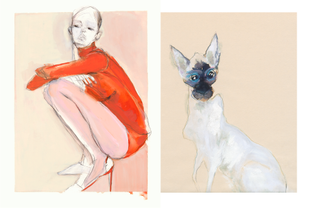
Given the number of digital tools now accessible to creatives, an increasing number of people are turning to analogue techniques and tangible craftsmanship.
Get the Creative Bloq Newsletter
Daily design news, reviews, how-tos and more, as picked by the editors.
“A number of illustrators I know have dabbled with AI over the last couple of years, out of curiosity as much as knowing your enemy. In some cases, this has ultimately led to them rediscovering their love for creating handcrafted work using physical tools like paint, chalk, crayons, and collage,” says Olivia Triggs, founder of illustration agency Breed. “They’ve left the precision-designed world of digital illustration to the specialist tools to put renewed emphasis on the human touch.”
Hannah agrees that the current value placed in the craft and evidence of human input within illustration will continue to gain traction, “be that through analogue techniques via paints, pen, pastels or print or through humour, wit and personality,” she says.
Illustrator Evangeline Gallagher foresees a similar backlash: “We'll see even more of a turn away from super flat, digital, vector-looking styles of illustration,” she says, “and an embrace of maximalist traditional media or styles that emulate it. Sophy Hollington's linoleum cut illustrations come to mind for me.”
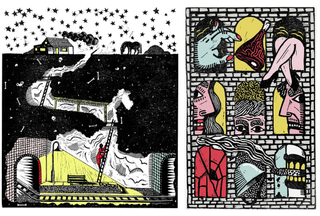
03. Collage
Taking a closer look at the hand-made aesthetic, illustrator Nicole Chui predicts collage becoming an increasingly popular technique for 2025, as a medium where the “the textural elements of illustration [can] bring out stories with more personal and emotional human connection,” she says. Illustrators are pushing the boundaries of traditional composition, using techniques borrowed from scrapbooking – in some cases in combination with digital tools – to create intricate, eclectic imagery.
“I’ve noticed a lot of collage artists being commissioned for various commercial projects, so piecing layers together to bring depth to a story or a concept is something I see happening a lot more in our world.”
(Above: Quentin Jones for Samaritaine)
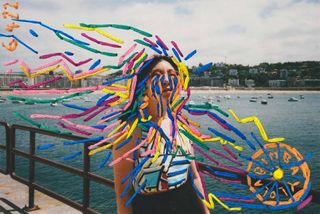
04. Behind-the-scenes
Jon Cockley, co-founder of illustration agency Handsome Frank, anticipates an increased transparency around the process and a focus on creators. “With the increasing emergence of AI in the illustration sector, creators will increasingly be required to step out from behind their work and show the human touch in their art,” he says. “We're predicting an uptick in the demand for process videos, WIP footage and artist-led client collaborations.”
Hannah has been seeing similar calls from clients and audiences seeking to know more about the who and the how-to. “We continue to see plenty of requests for behind-the-scenes footage and social media content from the artists making the work,” she says, “so don’t be afraid to get out in front of the screen and allow a little peek at how magic is made.”
05. Unique
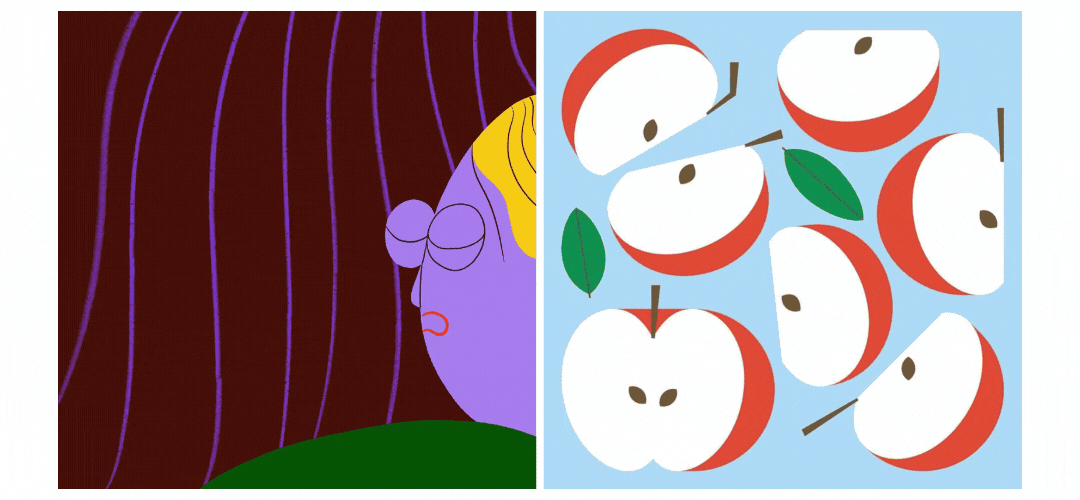
“[One] thing I’ve noticed more than ever is how diverse the world of illustration is now – everyone doing their own thing, without clear connections to what others are doing,” Olivia says. “It’s all very individualistic, perhaps reflecting a more general atomisation of culture in the present day.” She calls this trend “the no-obvious-trend trend”, as more illustrators are embracing their unique aesthetic practices.
It’s something agents will increasingly be looking out for, Hannah says. “Something we are always searching for as an agency is distinctive illustrators with consistent and confident styles. Illustrators with a strong perspective and unique approach that will rightly continue to garner much attention,” she says. “We are seeing an appreciation for the skill of illustrators as the current limitations of AI become increasingly obvious, and we don’t see that changing in the immediate future.”
Evangeline highlights two seemingly niche, or traditionally sidelined illustration styles she sees coming to the fore: “I think medieval stuff is going to be big – illuminated manuscripts, knights, dragons, all that good stuff. This has been brewing for a few years, and the tabletop roleplaying game scene in particular has been incubating some really incredible illustrators," she says. “I also think we could see more anime and manga influence breaking into spaces like editorial or book illustration. When I was in college it was unfairly pinned as unsuitable for professional work, but anime has since become more mainstream and many young illustrators have it in their style toolbox."
06. IRL experiences
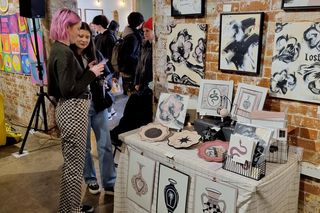
“We’re predicting and hoping to see an increase in people coming together as a backlash against the isolation of working from home and our increasingly digital lives,” says Jon.
“A renaissance in physical exhibitions, open studios and people coming together to see work in the real world and hear first hand from creators,” he adds. “Expect more talks, collaborative shows and pop-ups.”
A couple of the many event listings sites out there include the AOI’s events page and the Illustration Index of festivals globally.
07. Immersive worlds
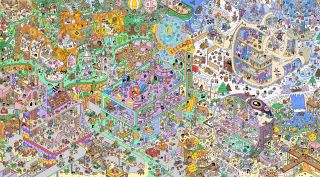
The art of worldbuilding and storytelling is something illustration often excels at. Compelling, imaginative and often detail-driven, illustration, and in particular immersive illustration styles, can often help to communicate complexities that words cannot.
“Among the jobs and enquiries we have had most recently, I’ve noticed that commissioners are looking for really immersive work,” says Hannah. “The power of illustration to build worlds and take you there is one of its biggest strengths and this could come in any form from 3D to bande dessinnée (a French cartoon strip style), painterly approaches or digital styles.”
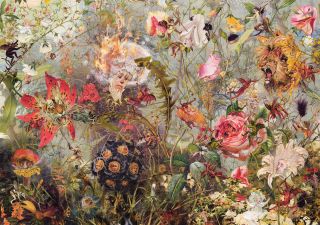
08. A focus on characters
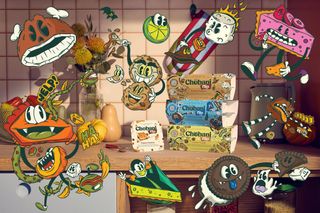
Hannah foresees character-led illustration continuing to be popular. “Similarly to the desire to see the craft in the work, characters allow the human to come through,” she says, “though they don’t necessarily have to be human themselves.”
In particular, however, illustrator Kyle Platts, believes the characters of 2025 will be increasingly full of life, in a backlash against the flat, oversimplified cartoon figures, often favoured by the tech and finance industries. “For every action there’s a reaction, or in this case, for every lack of action there’s a reaction. Over the past few years we’ve witnessed rigid and faceless characters within illustration, this style is commonly referred to as ‘Corporate Memphis’,” he says. “In response to this saturated style I expect to see more movement, perspective and expression from the characters of 2025, or at least I hope so!"
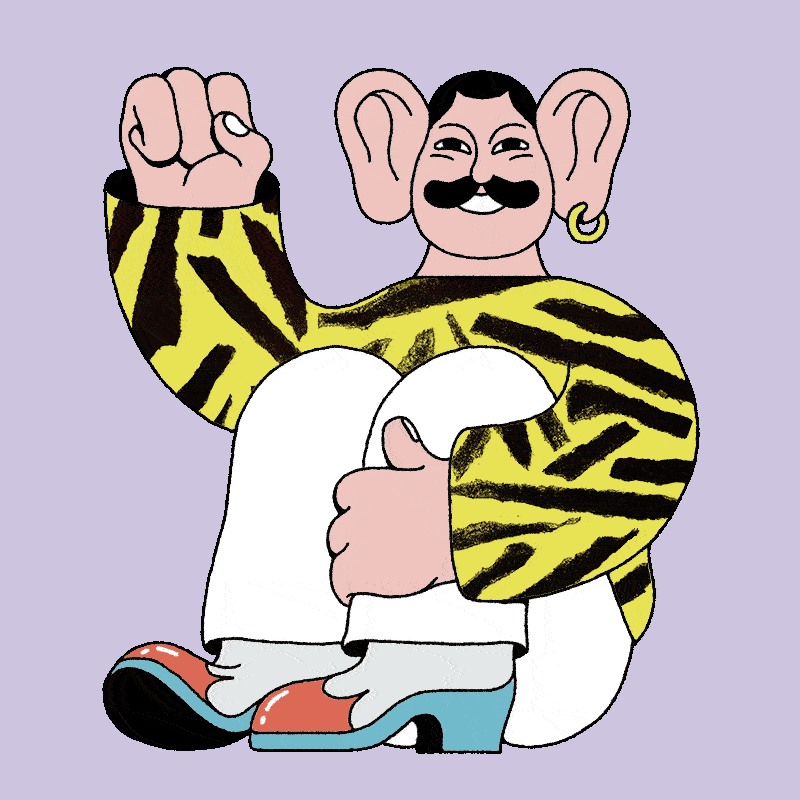

Thank you for reading 5 articles this month* Join now for unlimited access
Enjoy your first month for just £1 / $1 / €1
*Read 5 free articles per month without a subscription

Join now for unlimited access
Try first month for just £1 / $1 / €1

Antonia Wilson is a freelance writer and editor. Previous roles have included travel reporter for the Guardian, and staff writer for Creative Review magazine, alongside writing for The Observer, National Geographic Traveller, Essentialist and Eco-Age, among others. She has also been a freelance editor for Vogue and Google, and works with a variety of global and emerging brands on sustainability messaging and other copywriting and editing projects — from Ugg and Ferragamo to Microsoft and Tate Galleries.
